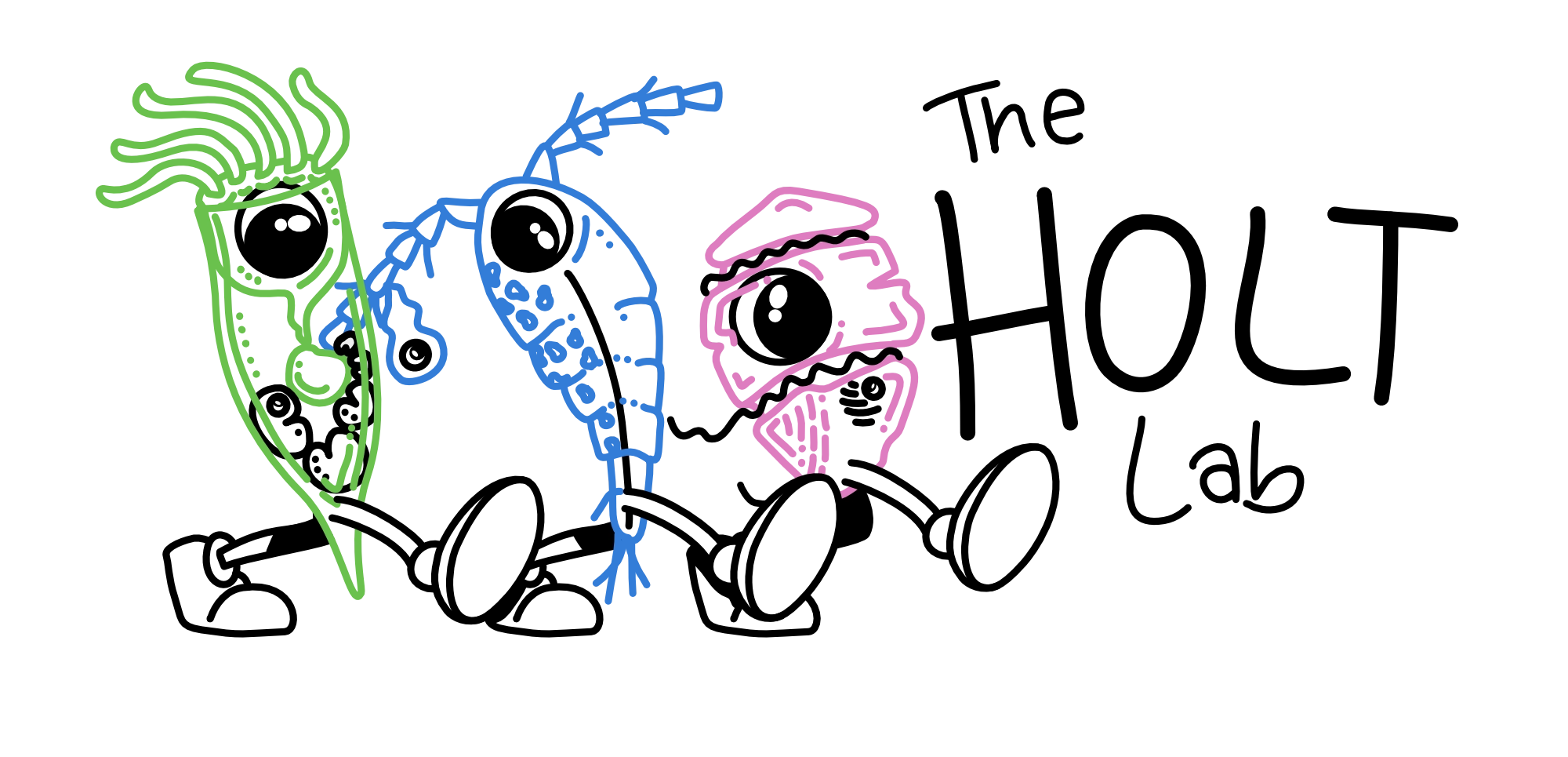Holt CC, Bass D, Stentiford GD, van der Giezen M.
The European lobster (Homarus gammarus) represents one of the United Kingdom’s most valuable fisheries. High market prices and a relatively limited fishery suggests that the species may be a good candidate for aquaculture and/or further stock enhancement. Disease is one of the biggest threats to the development and progression of sustainable aquaculture. However very little is known in regard to diseases of the European lobster. Therefore, better characterisation of potential pathogens is vital to prevent collapse of any future culture initiative. The community of microorganisms within the gut, referred to as the gut microbiome, is involved in key metabolic processes affecting host health and fitness and may serve as a key resource in reducing susceptibility to pathogenesis. Here we utilise a series of histological and molecular techniques to better characterise lobster disease and the lobster gut microbiome and assess the use of sea-based container culture (SBCC) as a means to culture the species and overcome the bottlenecks associated with traditional land-based culture (LBC). In assessing mortality of land-based larvae and egg clutches entering the hatchery, we first detected the abalone parasite Haliphthoros milfordensis. Histological and molecular characterisation of this parasitic oomycete confirm past suspicions that H. milfordensis and Halocrusticida noduliformans are one and the same, highlighting the lack of available information surrounding animal oomycete pathogens. To facilitate monitoring of the parasite and growth of the literature, we developed and tested general oomycete primers, targeting the 18S ribosomal small sub-unit (SSU) and revealed a wealth of oomycete diversity in freshwater, marine water and soil samples. Monitoring health of deployed juveniles in SBCC, we observed histological signs of viral infection. Genome characterisation and phylogenetic reconstruction revealed the virus to be a new member of the Nudivirdae. Thus, we discovered the first described clawed-lobster virus: Homarus gammarus nudivirus (HgNV). The double-stranded DNA (dsDNA) virus, containing 107 063 bp contains the conserved repertoire of genes associated with the nudiviruses yet does not form occlusion bodies, characteristic of its neighbouring lineages. We compared viral prevalence in SBCC to LBC and questioned the transmission strategy of this novel virus in the absence of occlusion. Utilising high-throughput amplicon sequencing, we characterised the bacterial gut microbiome of the European lobster using the V4 region of the ribosomal SSU. We compared communities assembled in SBCC with those found LBC and assessed culture and time-dependent determinants of community structure and assembly. Typical of other aquatic invertebrates, the gut of juvenile European lobster mainly harboured Vibrio spp. but became more diverse as the host ages. Assessing phylogenetic structuring of the community, SBCC encouraged more deterministic assembly of the gut microbiome and reduced stochasticity observed in LBC. Furthermore, the gut microbiome of individuals reared in SBCC was significantly more diverse that those reared in LBC. A more diverse gut is thought to be beneficial to host health. In support of this theory, a reduction in bacterial gut diversity was associated with the detection of HgNV in the digestive tract, which was less prevalent in SBCC populations compared to the hatchery. Together, this information suggests that SBCC may support the culture of a healthy population through the assembly of a more beneficial gut community with the potential to provide resistance against infection.
Read the paper here
Holt CC, Bass D, Stentiford GD, van der Giezen M. Understanding the role of the shrimp gut microbiome in health and disease. Journal of invertebrate pathology. 2021 Nov 1;186:107387.
